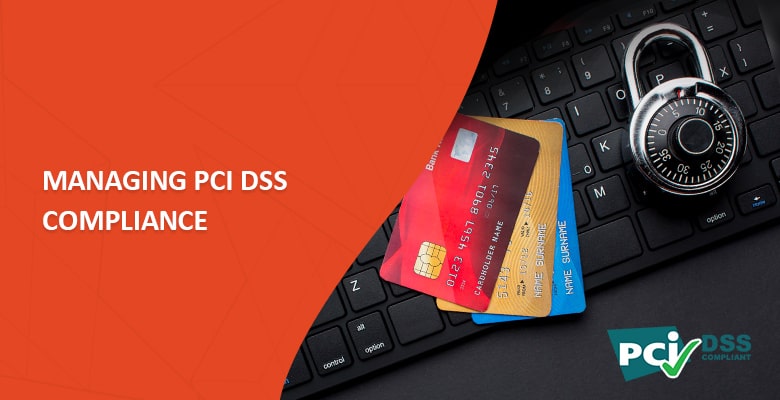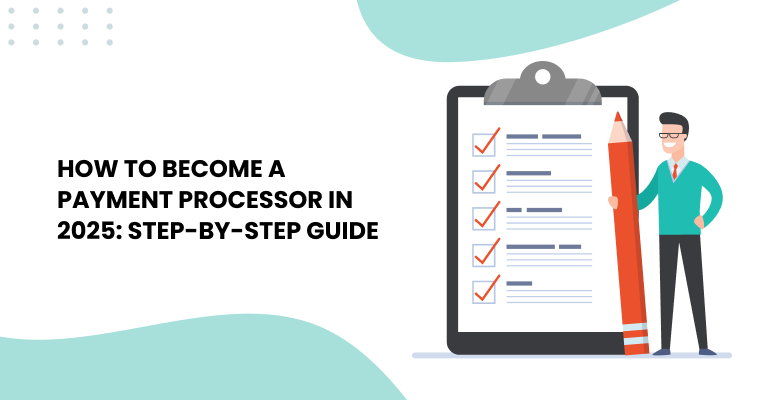
Payment Card Industry Data Security Standard (or PCI DSS) are requirements applied to all market players who deal with data of the cardholders. The story began in 2006 when PCI DSS established a secure climate for credit and debit card transactions.
Trying to execute PCI DSS, financial institutions often spend much time analyzing the criteria and resources implementing them. Companies, especially startups, have to rebuild their processes, improve the system, and invest a lot to satisfy PCI requirements.
But the alternative ways to overcome this challenge and avoid wasting your time and resources exists. For instance, SaaS platforms might be a good solution as they allow institutions to manage their PCI-certified payment gateway without forming the system from scratch. Mediators with PCI DSS certification will get rid of the need to get it yourself.
Working for a business that somehow deals with credit cards, PCI DSS is something you should contemplate in the first place. As long as 63% of companies fail to pass all PCI controls, it is crucial to learn more about the standard and find the best ways to handle it quickly and easily!
What is PCI DSS and Who Must Comply
For those trying to decode the meaning of PCI compliance, it often seems to be a riddle. PCI requirements include 12 points shaped by the leading players in the field. The primary goal is to ensure cardholder data is secured and safe for all parties.
The Payment Card Industry Security Council governs the standard. Its primary goal is to look after delicate data of users, allowing to build trustful relations with clients.
PCI compliance certification is mandatory for each firm that deals with card transactions. Check the four PCI compliance levels to know which one you should adhere to:
- The first level is applied to operators that process more than 6 mm. transactions every year. They go through an audit once a year and submit to a PCI scan once a quarter.
- The second is applied to those who process from 1 mm. to 6 mm. transactions per year. Depending on the nature of their business, they must fill in a Self-Assessment Questionnaire and submit it to a PCI scan if required.
- The third group contains companies handling from twenty thousand to one million transactions. These institutions are obliged to accomplish a yearly PCI assessment, and a quarterly scan might be required as well.
- The last group covers businesses handling less than twenty thousand transactions every year. The companies that fall into the fourth level of certification must complete the assessment. Also, they might be asked to submit a PCI compliance scan.
Apart from the challenges of defining your level, PCI DSS is a resource-consuming process as its cost starts at 15-25K euro for Level 1 organizations. The final price depends on multiple factors, such as the system’s complexity or the company’s location.
What is the Current PCI Standard?
PCI compliance attestation is constantly updated to establish the highest rank of protection of the credit card data. PCI DSS 3.2.1 launched in 2018, is the recent version of the attestation. It comprises 12 PCI compliance requirements maintained by all structures dealing with transactions.
We prepared a PCI compliance checklist so you could easily go through the criteria:
- Keeping the firewall configuration to shield delicate information of users
- Avoid using vendor-provided default for any security criterion
- Guarantee the highest level of data security
- Implement encryption for open-source networks
- Systematically review antivirus applications and safeguard the system from malware
- Ensure security systems applied in a company perform at the highest position
- Limit access to data for uninvolved businesses and employees
- Watch access to delicate information carefully
- Test apps and systems frequently
- Create and stick to corporate data security policies and operations
Top 7 Challenges of Managing PCI DSS
Apart from the cost of the PCI compliance attestation, you will find other challenges making it difficult for a company to nail the validation on the first try:
- You are Doomed to Comply with ALL Preconditions. In contrast to other standards, the company willing to gain the certification must comply with all the controls and maintain them for the next 12 months. Otherwise, you might be at risk of a fine or disqualification.
- Long-Term Preparation for PCI Certification. To gain certification, you should conduct thorough research and start the prep work long in advance.
- High Labor Costs. PCI DSS involves a wide array of conditions, including technical ones. Thus, businesses seeking compliance might face the need to work with third-party providers to fill this gap. This step will require many resources from an organization as the cost of such specialists on the market is pretty high.
- The Need to Build a System Following PCI Standards. Since PCI DSS covers a wide array of aspects, sometimes you might find it almost impossible to rebuild a system following all the obligations. Thus, to ensure you fit the highest standards, you’ll need to rebuild the system from scratch or take all the points into account before designing the system.
- Scope Definition. PCI DSS has different stages for companies requiring compliance and lots of demands. Lack of proper experience or expertise might fail to define the scope, which will result in wasted time and resources.
- The Struggle to Maintain Control. It is not only about difficulties to implement all PCI requirements, but it is also about handling it. Studies have shown it is hard to maintain those standards over time.
- Dealing with Documentation.There is a lot of paperwork involved in the process, from defining whether you must comply with PCI to completing a self-evaluation questionnaire. And to do it properly and quickly, an organization might require assistance from more experienced partners.
As you might have noticed, PCI requirements affect all levels in an organization, from technological department to operations. Thus, to ensure you comply with all of them, you might need to invest a lot of time and funds, which will eventually turn into time-consuming procedures.
Ways to Address PCI DSS Challenges
PCI compliance management is often a challenge for fintech startups. To avoid all the pains, it is easier and more secure to rely on third-party providers.
White-label SaaS platforms might provide an easy solution to all the issues. They allow you to own PCI DSS-certified payment getaways and avoid wasting your resources on development and a PCI certification fee. The benefits are numerous as you don’t have to pay high costs, minimize your effort and enjoy an optimized payment solution.
Final Thoughts
Before stepping on a thorny path of PCI compliance, we recommend you carry out in-depth research, learn all the options, and choose the one that best meets your business needs and preferences. Instead of hiring a team and investing a considerable amount of money into this process, you might try other alternatives and see how it works for your company.







